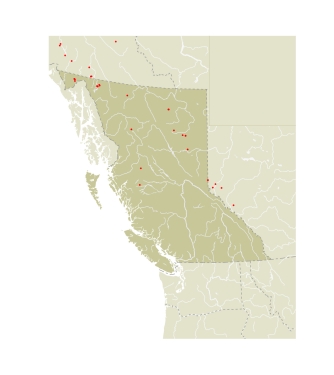Reuss (1922) stated that he named the genus Clossiana for the recognized entomologist Herr Adolf G. Closs, but it appears that Closs was only a minor worker on Lepidoptera. The common name "lesser fritillaries" refers to the small size compared with Speyeria.
Under the restricted generic usage of Boloria, we state why we recognize the genus Clossiana and define the genus. On the upperside, the wings are very similar to those of Speyeria. Some males of one species of Speyeria, S. mormonia, are as small as the largest females of our largest Clossiana, C. tritonia. Only one species, Clossiana selene, has silver spots on the ventral hindwing. This genus is Holarctic, with at least 21 species; 13 are found in North America and 12 of these occur in BC. Nine BC species are Holarctic. The 4 temperate species, 3 in BC, feed on violets (Viola) but the northern species do not. There has been much confusion in the literature regarding larval foodplants, and we discuss only those verified by Shepard (1975) and later.
|
|
